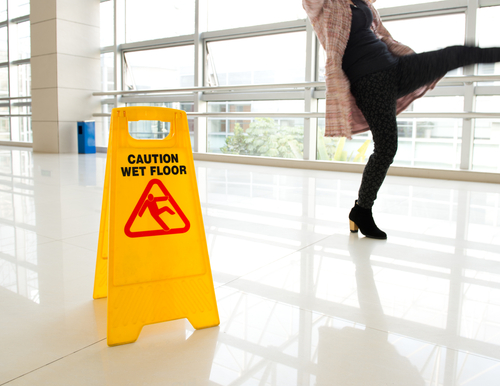OSHA estimates that workplace injuries and illnesses cost the nation’s businesses $170 billion per year in wasteful and often preventable expenses.

According to OSHA, effective Safety and Health Management Systems (SHMS) have proven to be a decisive factor in reducing the extent and severity of work-related injuries and illnesses—and in reducing injury-related costs. These savings, says OSHA, when properly administered, exceed the cost of implementing and maintaining a workplace SHMS.
Critical Elements of an Effective SHMS
The critical elements of an effective SHMS are:
- Management commitment
- Employee involvement
- Worksite analysis
- Training for employees, supervisors and managers
- Hazard prevention and control
To give you an idea of what’s involved, here’s a brief safety and health management systems checklist:
Management Commitment and Employee Involvement
- Develop and communicate a safety and health policy to all employees.
- Demonstrate management commitment by instilling accountability for safety and health, obeying safety rules and reviewing accident reports.
- Conduct regular safety and health meetings involving employees, managers and supervisors.
Tracking performance is critical to continual improvement and the success of your safety program. BLR’s upcoming live webinar will explain EHS metrics and suggest strategies for choosing the right mix of indicators to drive safety success for the organization. Click here for details.
- Assign responsible person(s) to coordinate safety and health activities.
- Integrate safety and health into business practices (e.g., purchases, contracts, design and development).
- Involve employees in safety and health- related activities (e.g., self-inspections, accident investigations and developing safe practices).
- Recognize employees for safe and healthful work practices.
Worksite Analysis
- Evaluate all workplace activities and processes for hazards.
- Reevaluate workplace activities when there are changes in processes, materials, or machinery
- Conduct on-site inspections, identify hazards and take corrective actions.
- Provide a hazard reporting system for employees to report unsafe and unhealthful conditions.
- Investigate all accidents and near misses to determine their root causes.
Training for Employees, Supervisors and Managers
- Provide training on specific safe work practices before an employee begins work.
- Provide additional training for new work processes and when accidents and near misses occur.
- Provide refresher training on a routine basis.
Join us on August 26 for an in-depth, live webinar on EHS metrics. You will find out how to build a comprehensive plan to measure safety program success using leading and lagging indicators. Learn More
Hazard Prevention and Control
- Eliminate and control workplace hazards (e.g., engineering controls, workstation design and work practices).
- Establish a preventive maintenance program.
- Keep employees informed of safety and health activities and conditions.
- Plan for emergencies (e.g., create an evacuation plan, train employees and conduct fire drills).
- Record and analyze occupational injuries and illnesses.

Thanks Paul for posting this.